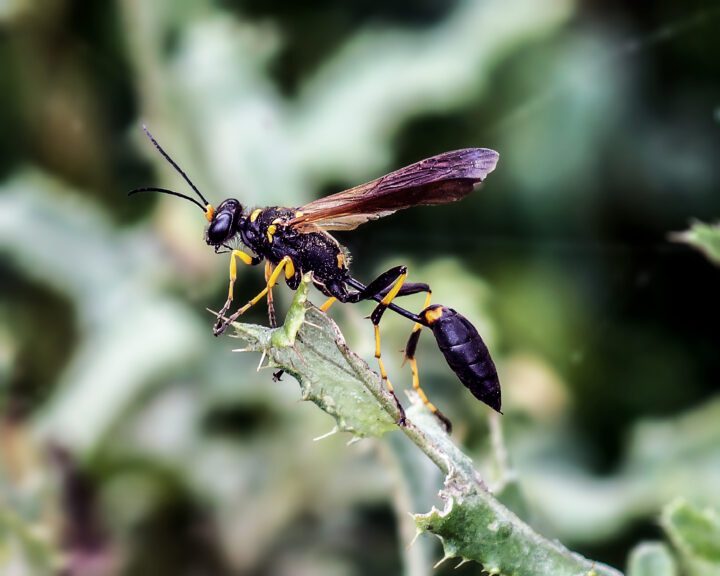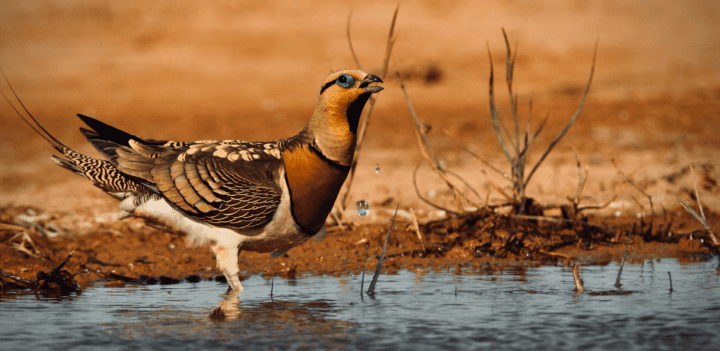The mouth of puss moth larvae helps them escape their hard cocoon casing by exuding a softening liquid.
“Many adecticous pupae are enclosed in cocoons of varying shape and consistency. That of the puss moth (Cerura vinula) is constructed on the boles of willow and sallow and is of extreme toughness, being fashioned from a mixture of labial silk and bark fragments which hardens into an oval whole, rough and bark-like on the outside but glossily smooth inside. Having no biting jaws, pupae of this type need other means to free themselves from their cocoons. The puss moth exudes a special liquid which softens the casing, allowing the moth to push its way out through a relatively small hole; others have special cocoon-rupturing structures on head or thorax which may be lost on emergence.” (Wootton 1984:91)





